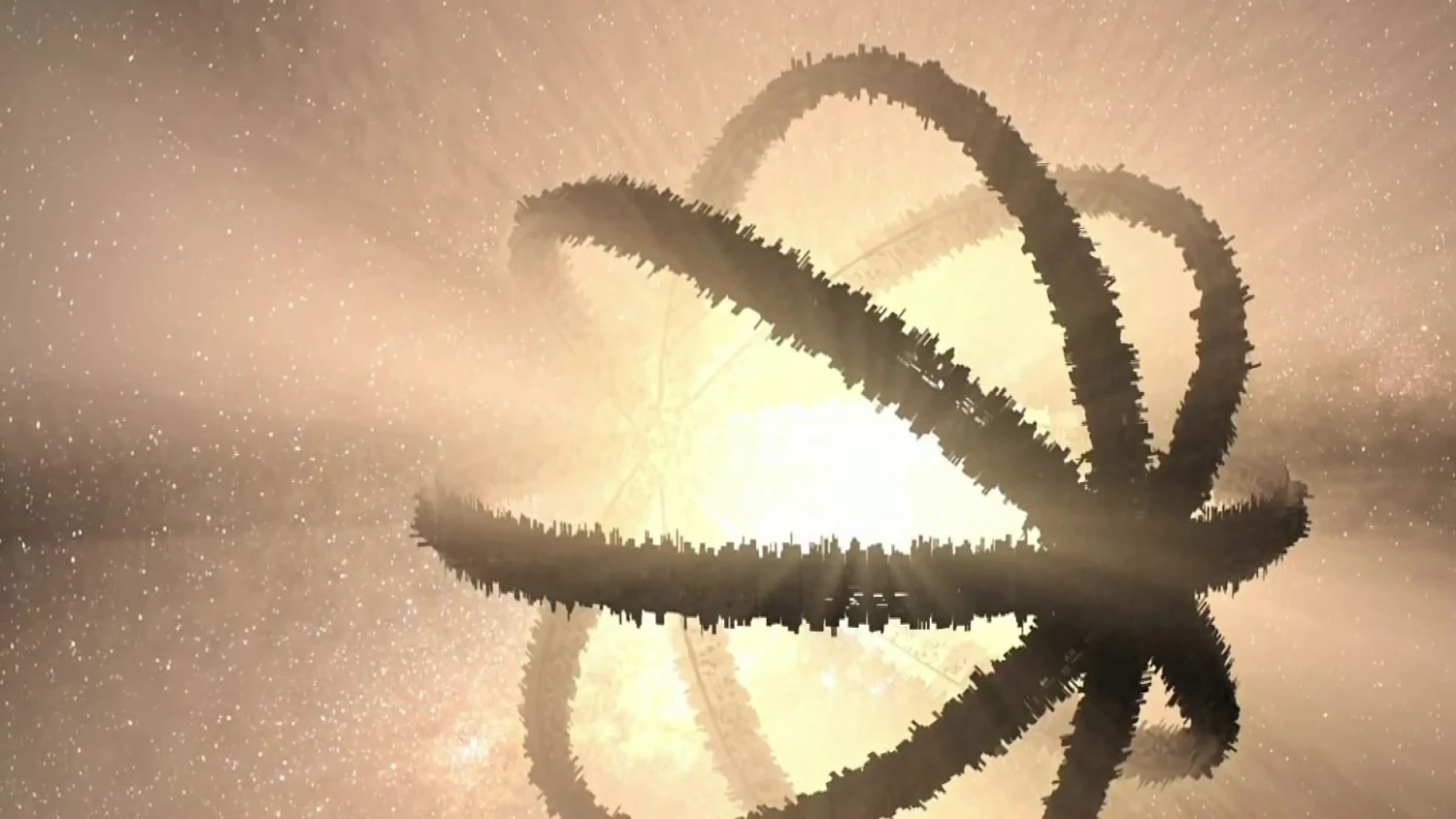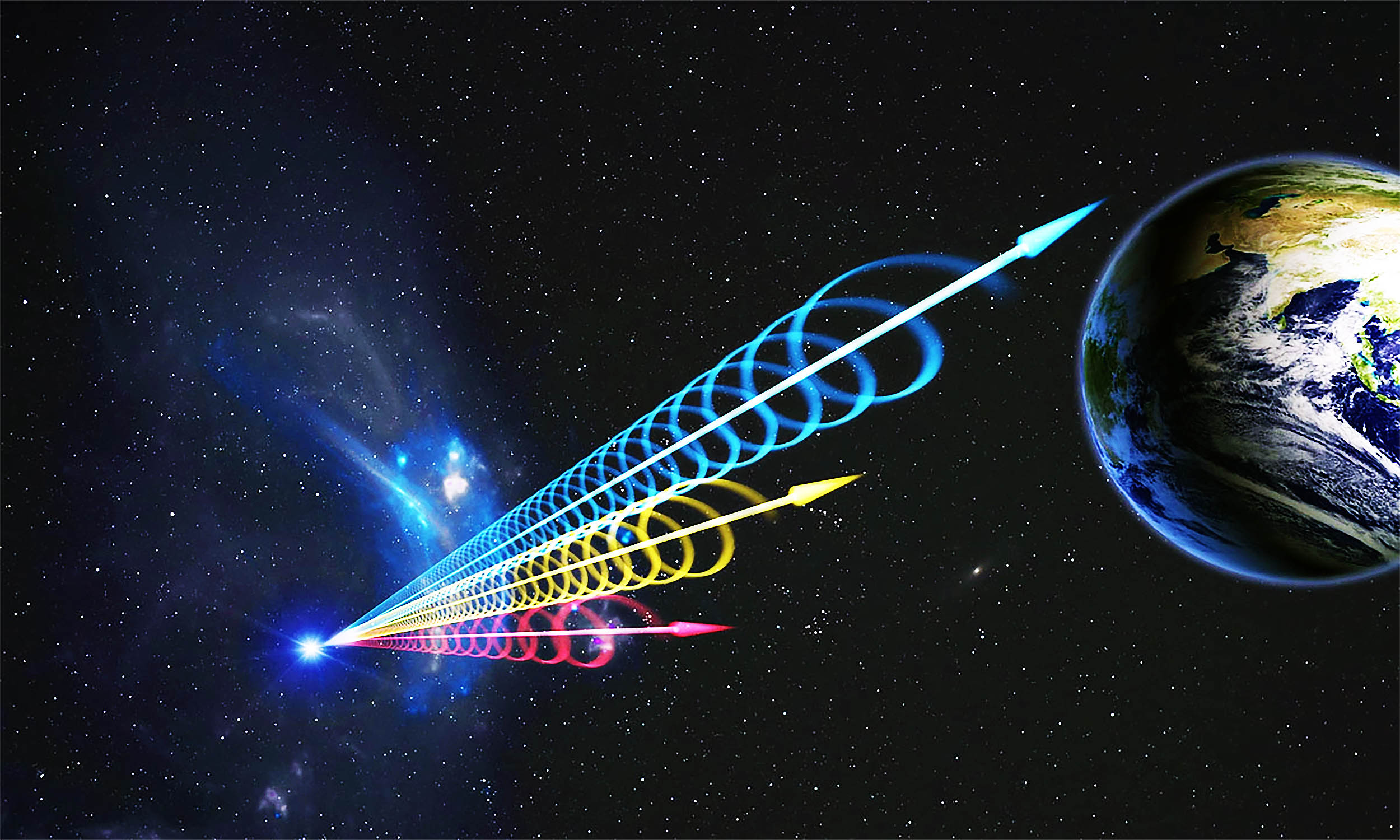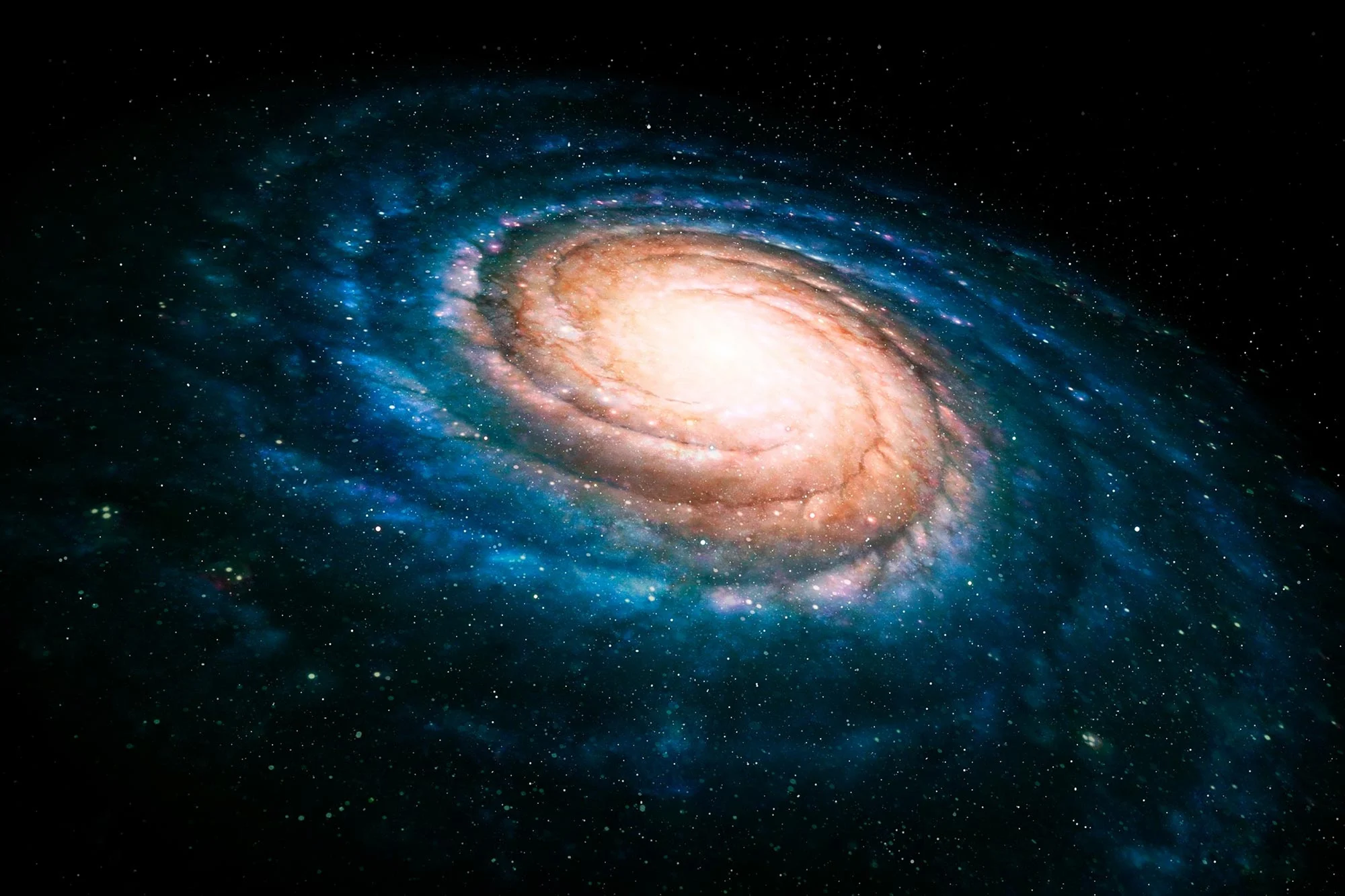Key takeaways:
- Researchers analyzed data from 260,000 stars in the Milky Way to search for Dyson Spheres.
- Dyson Spheres, first theorized in 1960, could help advanced civilizations harness vast star energy.
- Less than 1 in 1,000 stars analyzed could potentially host Dyson Spheres with minimal coverage.
- This research highlights how rare such alien megastructures might be within our galaxy.
- Further analysis with new data will help distinguish between possible Dyson Spheres and natural phenomena.
__________
Less than 1 in 1,000 stars could host a Dyson Sphere, study of 260,000 stars shows.

A team of researchers has recently analyzed 260,000 stars in the Milky Way to explore the possibility of finding Dyson Spheres—hypothetical structures built by advanced civilizations to harness energy from their stars. Their findings, published on the arXiv preprint server, are based on observations from the Gaia Observatory and the AllWISE infrared survey, providing valuable insights into how rare these alien megastructures might be.
What is a Dyson Sphere?
First proposed by physicist Freeman Dyson in 1960, a Dyson Sphere is a theoretical megastructure designed to surround a star and capture its energy output. Dyson suggested that an advanced extraterrestrial civilization would require enormous amounts of energy to fuel its development and might build such a structure to meet its needs. While Earth receives only a tiny fraction of the Sun’s energy, a Dyson Sphere could capture much more, significantly increasing the energy available for a civilization’s use.
Dyson also recommended that the search for extraterrestrial intelligence (SETI) should include infrared radiation, which could indicate the presence of a Dyson Sphere. This is because a megastructure absorbing a star’s energy would emit infrared radiation as a byproduct.

Estimating the Rarity of Dyson Spheres
In the recent study, lead researcher Macy Huston and her team used data from the Gaia Observatory and AllWISE to search for signs of Dyson Spheres. They analyzed the brightness, temperature, and luminosity of the stars to identify any that could be compatible with the characteristics of a Dyson Sphere.
The team modeled Dyson Spheres with a temperature of around 300 Kelvin, estimating how much of a star’s surface they would cover (from 10% to 90%). By comparing these models to real-world star data, they determined how many stars could theoretically support such a structure.
Their results showed that less than one out of every 1,000 stars could support a Dyson Sphere with 10% coverage, less than one in 10,000 for 50% coverage, and fewer than one in 100,000 for 90% coverage. However, Huston cautioned that these are only upper limits, meaning some of the observed stars might have natural causes for their infrared excess that mimic the effects of a Dyson Sphere.
Next Steps in the Search
With the initial analysis complete, the team plans to further investigate the stars that may host Dyson Spheres. By analyzing the full spectral data of these stars, they hope to rule out natural phenomena, such as dusty objects, that could be mistaken for megastructures. They are eagerly awaiting new data from the Gaia mission, expected this summer, which will provide additional information to help refine their search.
The study represents an important step in the ongoing search for extraterrestrial intelligence, offering a glimpse into how rare Dyson Spheres—and potentially alien civilizations—might be in the Milky Way.





For context, there are an estimated 100 – 400 billion stars in the milky way.
This means this only observes 0.000065 to 0.00026 percent of all the stars.
If there were 4000 technologically advanced starsystems out there, already producing mega structures, this still doesn’t guarantee finding them but that is the galactic population it would take to begin having a significant statistical chance of about 1%.
While it would be cool to see one, it would also be terrifying to confirm we are babes in a dark forest.
We are looking for what “WE” think aliens would build. When the computer was built it was thought that next gen computers would have to be bigger to be more powerful. We don’t know what we should be looking for….just sayin
Think about the effort it would take to make one of these structures, and then try to think of a reason that would make someone follow through with that effort. Maybe the structures don’t exist, because there isn’t a good enough reason to build one. If necessity is the mother of all invention, then maybe there isn’t a need to build one. There are likely easier ways for a civilization to harness insane amounts of energy.
We don’t know how rare life may be. Intelligent life will be rarer. Intelligent life that has stood the test of time will be even more elusive. 260k stars is nothing in the grand scheme of things. Maybe we’re alone or maybe we haven’t looked enough. I wonder what’s marvels are out there living or not.
I imagine even a super sci-fi advanced civilisation would struggle to build a dyson sphere.
That’s alot of material you have to extract, move and assemble over a large distance. How much energy and time would that take?
If an advanced civilization is advanced enough to create something that is detectable from such distances, I’d imagine that they are advanced enough to conceal said structures.
Seems like a lot of trouble looking for something that exists only in the mind of Dyson. I could understand if you had a tiny bit of evidence that these things might exist!